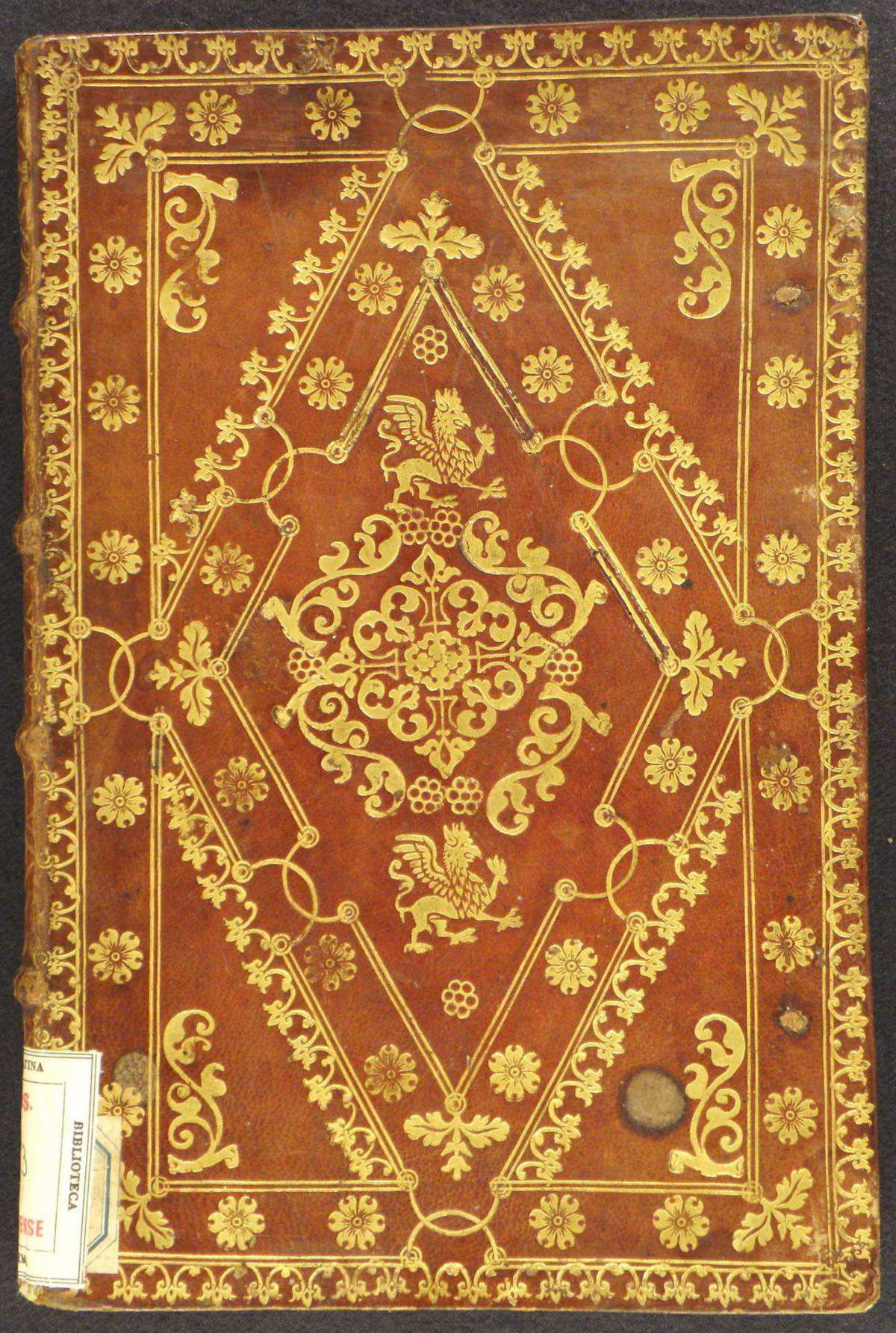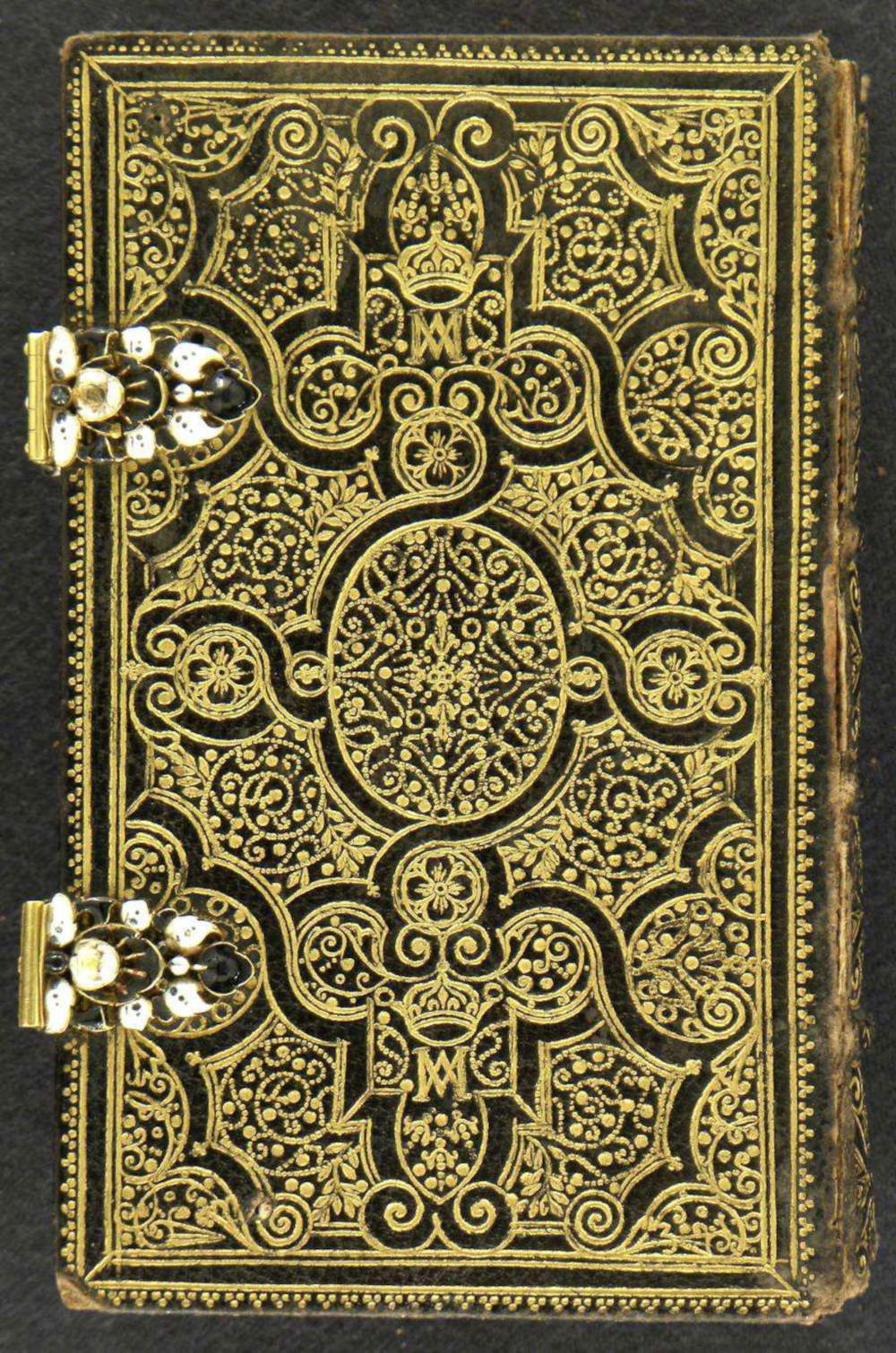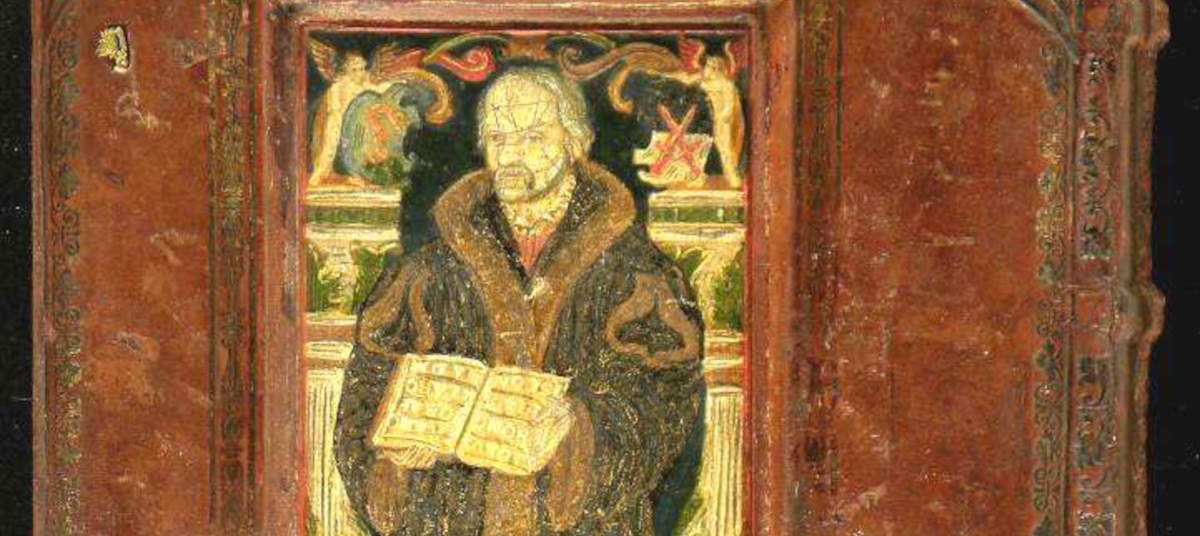From November 15, 2025 to February 15, 2026, the Monumental Complex of the Pilotta in Parma presents the exhibition Foreign Bindings of the 15th-17th Centuries in the Heritage of the Palatine Library, curated by Federico Macchi, Elisa Montali and Viviana Palazzo. The exhibition, set up in the spaces of the Petitot Gallery of the Palatina Library, represents the natural continuation of the initiative inaugurated in February 2025 and dedicated to Italian bindings, now expanding the focus to productions made outside the peninsula.
The project stems from the long “shelf-by-shelf” reconnaissance initiated in 2012 by Federico Macchi, which allowed for an in-depth analysis of the Palatina’s various collections, highlighting their richness and typological variety. The exhibition path starts with Islamic and Spanish artifacts, then develops through German, Dutch and English traditions, ending with a large section entirely devoted to French bindings.
“Binding” refers to all the processes that include the stitching of the body of the book, its covering and any ornamental apparatus, operations necessary to protect the volume from external factors such as moisture, excess heat, mold or infestation. The exhibition opens with Islamic bindings, a type still the subject of specialized study, and continues with specimens from the Netherlands, characterized by plant or symbolic motifs, and with German ones, where biblical subjects and figures related to the Protestant Reformation tradition prevail. Between the 15th and 17th centuries, the Moorish or Mudejar style initially spread in Spain, recognizable by the meticulous use of decorative irons organized in complex combinations of knots, interlacements, lozenges, circles and crosses, often arranged in geometric patterns; later the Plateresque taste, inspired by the decorations of metal furnishings, took hold, with motifs including warrior profiles, quivers, bows, armor and trophies.


As far as England is concerned, a number of volumes made in the so-called rectangular style, in vogue between 1690 and 1740, recognizable by the succession of concentric rectangular panels enriched with different decorative elements, are presented. The final part of the itinerary is devoted to fine French bindings, famous throughout Europe for their compositional elegance and the variety of their motifs: from the à la fanfare style to the au semé style, characterized by the regular repetition of small friezes distributed in rows and columns, to the à la Du Seuil scheme, known for the balance of its lines and the sobriety of the whole.
In order to enhance the vastness of the Palatine Library ’s collections and promote their study, the Complex of the Pilotta also makes available on its website a section dedicated to bookbinding, which brings together more than 1460 files, 530 of which can be consulted online, on manuscript and printed works, accompanied by descriptions, in-depth analyses and digital reproductions.
“Whenever the sumptuous heritage of the Palatine Library is presented through skillful interpretation, as with this exhibition, it fills us with awe. Awe at the manual talent, refinement, and variety of forms, designs, and decorations that characterize the bindings on display, mirrors of the great frescoed vaults of the Renaissance, Mannerism, and early Baroque. Geometric weaves and figurative decorations alternate in the presentation of French, Islamic and German books, from the 15th to the 17th century: knowledge handed down with protean elegance,” said Stefano L’Occaso, director of the Pilotta Monumental Complex.
“While the first exhibition focused more on the structural aspect, showing the evolution of the book object through the different compositional solutions adopted over time, the second chapter pays more attention to the decoration of the volumes. It will be possible to take an imaginary journey through the fashions in vogue in different countries, to appreciate the variety of motifs and ornamental styles peculiar to different geographical areas,” said exhibition curators Federico Macchi, Elisa Montali and Viviana Palazzo.

 |
| An exhibition on foreign bookbinding in the holdings of the Palatine Library in Parma |
Warning: the translation into English of the original Italian article was created using automatic tools. We undertake to review all articles, but we do not guarantee the total absence of inaccuracies in the translation due to the program. You can find the original by clicking on the ITA button. If you find any mistake,please contact us.